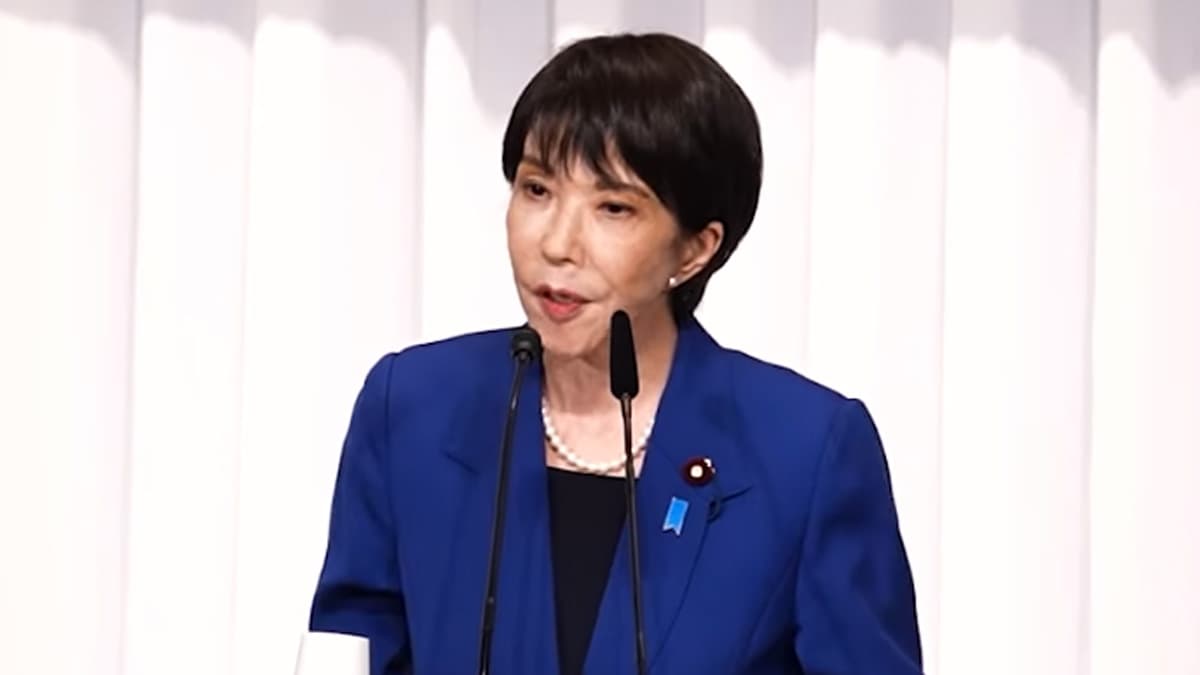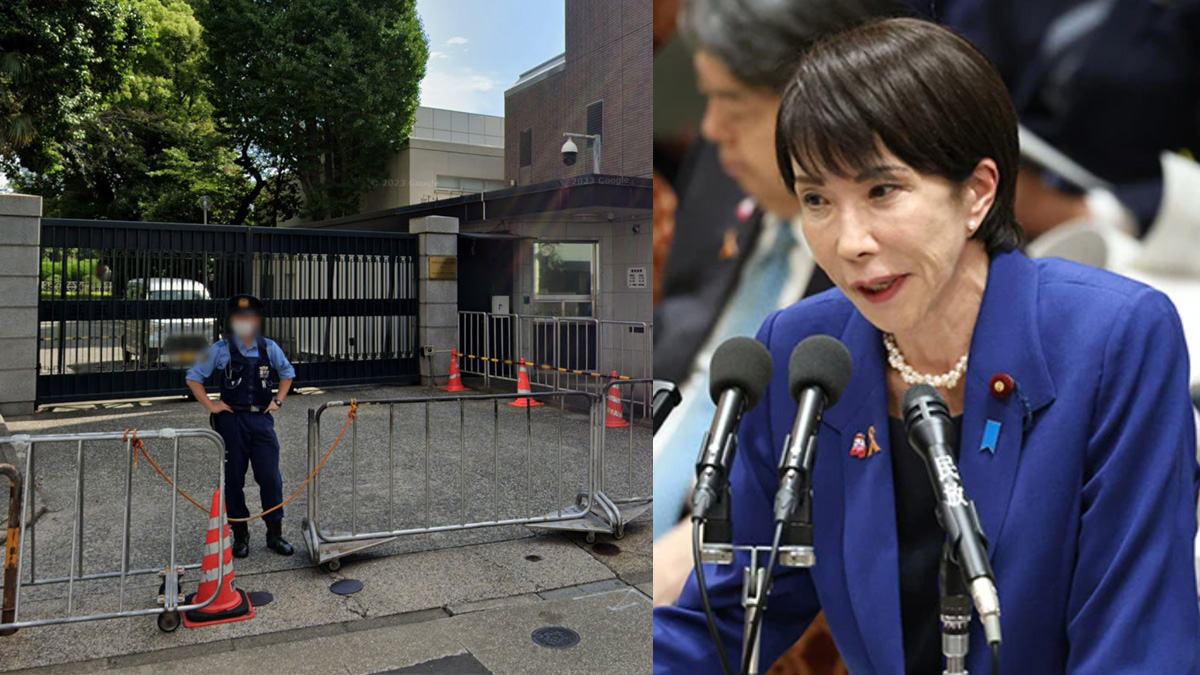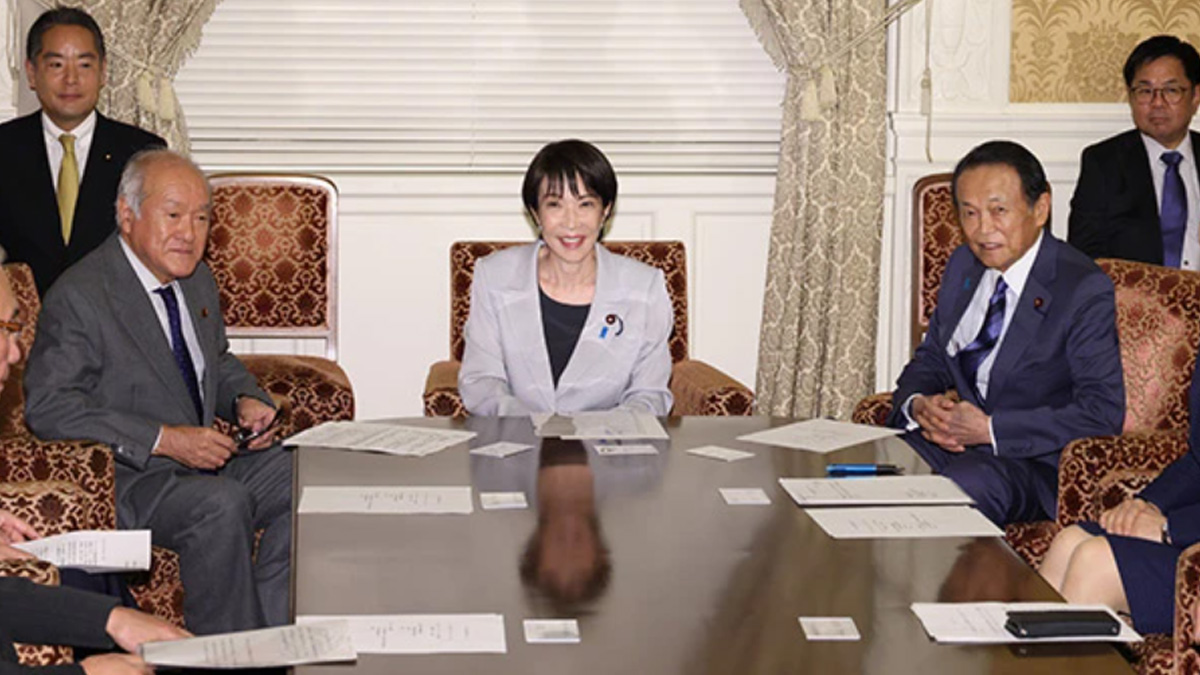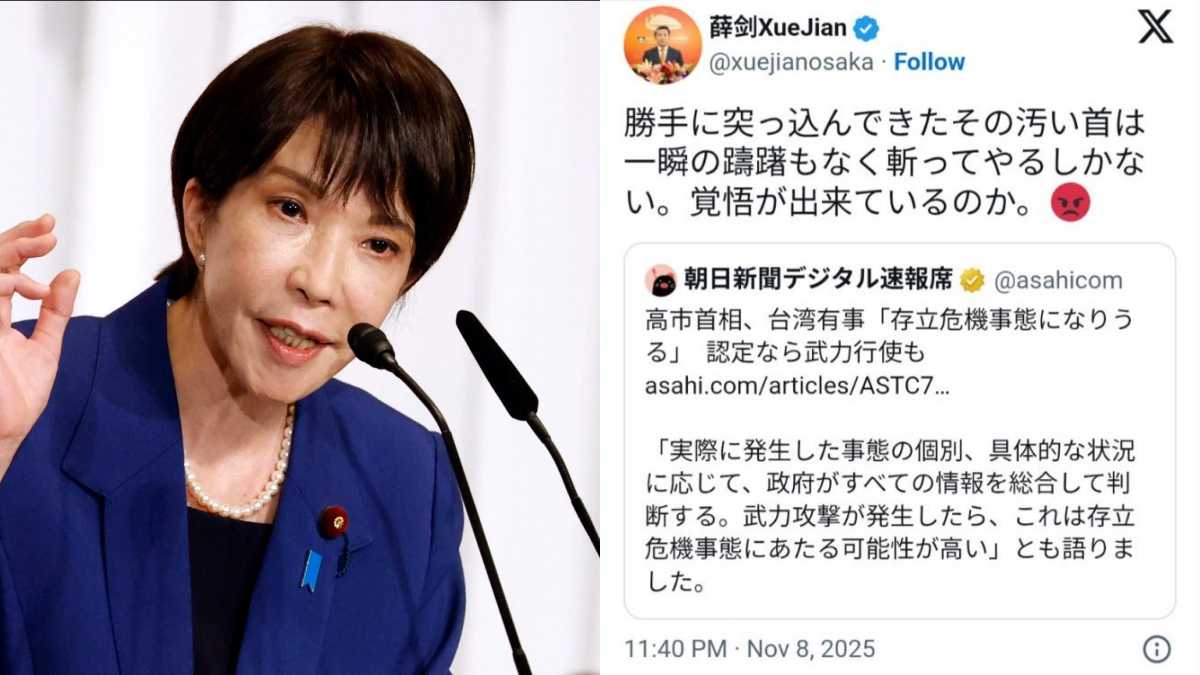Sanae Takaichi poised to become Japan’s first female prime minister amid deep political challenges
Sanae Takaichi, a conservative veteran in the Liberal Democratic Party, is likely to become Japan’s first female prime minister. Her ascent follows her election as party leader, but she faces challenges including coalition fractures, economic pressures, and nationalist controversies.

- Sanae Takaichi has been elected leader of Japan’s ruling LDP, putting her on track to become the country’s first female prime minister.
- Her appointment follows backing from conservative kingmakers but risks alienating coalition partner Komeito.
- Takaichi must quickly address rising inflation, coalition fragility, and tense international relations amid increasing scrutiny.
Sanae Takaichi, a hard-line conservative and long-time ally of former prime minister Shinzo Abe, has been elected president of the Liberal Democratic Party (LDP), Japan’s dominant political force.
With the LDP still holding the most seats in the lower house of parliament, her election as party leader places her in strong position to become Japan’s first female prime minister—a historic milestone in a country where politics has long been dominated by men.
A parliamentary vote to confirm the new prime minister is expected in mid-October, and given the fragmented opposition, Takaichi’s elevation is likely.
A historic ascent, backed by conservative power blocs
Takaichi, 64, is the former Minister for Economic Security and a prominent figure in Japan’s right-wing political landscape. She received crucial support from former prime ministers Taro Aso and Shinzo Abe, whose influence continues to shape LDP dynamics.
Her campaign focused on maintaining national security, revising the pacifist constitution, and strengthening the Japan-U.S. alliance. In her first press conference as LDP leader, she affirmed that the alliance with Washington would remain central to Japan’s diplomacy and security strategies.
She also promised to continue economic policies rooted in Abe’s “Abenomics,” including supply-side investment in critical sectors like semiconductors, biotechnology, and defence.
Following her leadership victory, Takaichi appointed Aso as LDP vice-president and gave other prominent roles to loyalists, including Shun’ichi Suzuki as party secretary-general. These moves suggest a reward-based leadership style and underline her dependence on the LDP’s powerful conservative wing.
Gender milestone clouded by polarising legacy
Takaichi’s likely premiership is a symbolic breakthrough for gender representation in Japan’s government, but her political record complicates the narrative.
She has consistently opposed progressive gender reforms, including retaining maiden names after marriage—a popular issue among equality advocates. Critics note that her gender should not be conflated with feminist policy, pointing to her alignment with traditionalist positions on family and social roles.
Despite this, her victory is a striking development in Japan’s male-dominated political arena and may reshape perceptions of female leadership.
Coalition breakdown threatens mandate
One of Takaichi’s most urgent challenges is managing a growing rift with the centrist Komeito party, the LDP’s coalition partner of 26 years.
Komeito has objected to her regular visits to the Yasukuni Shrine, which commemorates Japan’s war dead including convicted war criminals—a deeply sensitive issue for China and South Korea. Party leader Tetsuo Saito warned that Komeito could exit the coalition unless Takaichi moderates her nationalist stances.
Without Komeito’s support, the LDP may struggle to secure a stable governing majority, increasing its reliance on fragmented and ideologically inconsistent opposition parties. Early overtures to the Democratic Party for the People and the Japan Innovation Party suggest that contingency planning is already underway.
Economic pressures and market volatility
Takaichi also inherits a fragile economic landscape. Rising inflation, a weakening yen, and public frustration over cost-of-living pressures have eroded support for the LDP.
Markets reacted sharply to her leadership win: the yen fell to a two-month low against the US dollar, and bond yields rose on expectations of increased public spending.
While she has promised “crisis management investment,” including fiscal expansion, there is concern about Japan’s high national debt and potential overreach. The appointment of moderate conservatives like Suzuki is viewed as a move to reassure financial markets.
Foreign policy tests ahead
A major foreign policy challenge looms as Takaichi prepares to potentially host Donald Trump during his visit to Asia later this month. Trump congratulated her on social media, calling her “a highly respected person of great wisdom and strength.”
Takaichi responded affirmatively, saying she looks forward to working with Trump to deepen the Japan-U.S. alliance and advance a “Free and Open Indo-Pacific.”
Her pro-U.S. stance includes continued support for existing tariffs and investment deals, as well as deeper security partnerships with South Korea, Australia, and the Philippines. Yet her revisionist views on history risk straining ties with neighbours, particularly South Korea and China.
Internal dissent and ethical baggage
Takaichi’s proposed appointments have drawn criticism from opposition parties and within the LDP itself. She has reportedly considered giving senior roles to members of the Abe faction linked to past political scandals, including illegal slush funds.
Yoshihiko Noda, leader of the Constitutional Democratic Party of Japan, denounced these reports as “totally unthinkable” and evidence of LDP’s failure to address long-standing ethical issues.
This tension between loyalty-based leadership and public accountability could define the early months of her premiership.
The weight of history and power politics
While Sanae Takaichi’s likely rise to the premiership is a landmark event in Japan’s political history, it is far from a triumph without complications. Her conservative ideology, strained coalition, and controversial positions present significant hurdles.
She must now navigate a fragile political landscape, balance ideological purity with pragmatic coalition-building, and restore voter confidence in a battered ruling party. Whether she can translate her historic leadership into stable governance will be tested in the critical months ahead.












0 Comments